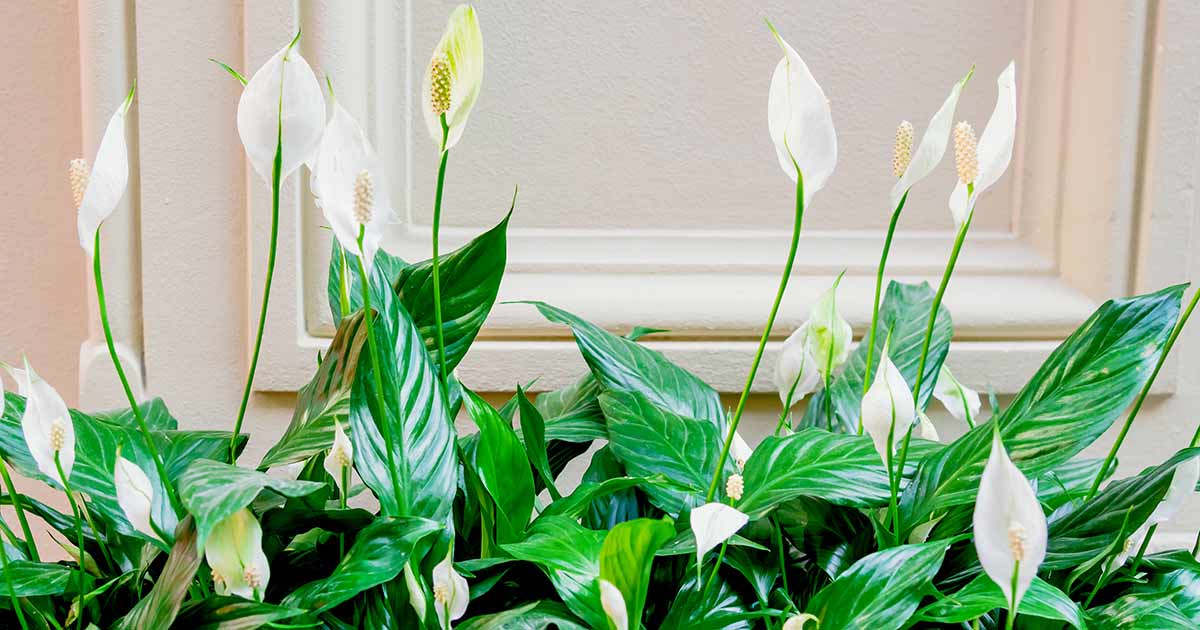The Spathiphyllum, commonly known as the Peace Lily, is one of the most beloved houseplants for good reason. With its elegant white blooms and glossy green leaves, this plant not only beautifies any space but also provides numerous health benefits. If you’re considering adding a Spathiphyllum to your indoor garden, this article will outline compelling reasons to love this remarkable plant, along with tips for care and maintenance.
Introduction to Spathiphyllum
The Spathiphyllum is part of the Araceae family and has over 40 species. Native to tropical rainforests, this plant thrives in low light and humid conditions, making it an ideal houseplant. The Peace Lily is favored for its ability to bloom beautifully even in less-than-ideal lighting. It features lush, deep green leaves that can grow up to 12 inches long, and it is best known for its stunning white flower spathes that resemble sails.
Aesthetic Appeal: Why Spathiphyllums Enhance Your Home Decor
One of the standout traits of the Spathiphyllum is its aesthetic appeal. The combination of dark green foliage and pristine white blooms brings an elegant touch to any interior space. It’s perfect for various design styles, whether modern, minimalist, or traditional. You can place it on a coffee table, shelf, or desk to create an inviting atmosphere. The visual beauty of Spathiphyllum instantly uplifts your home decor, making it a perfect choice for enhancing your living environment.
Easy to Care For: Perfect for Beginners
If you’re new to plant care, the Spathiphyllum is an excellent option. It requires minimal maintenance compared to many other houseplants. It thrives in low to medium light conditions and needs watering only when the top inch of soil feels dry. This resilience makes it a suitable choice for busy individuals or those who may forget to water regularly. With occasional fertilization during the growing season, your Peace Lily will flourish without requiring constant attention.
Air Purification: Breathe Easier with Spathiphyllum
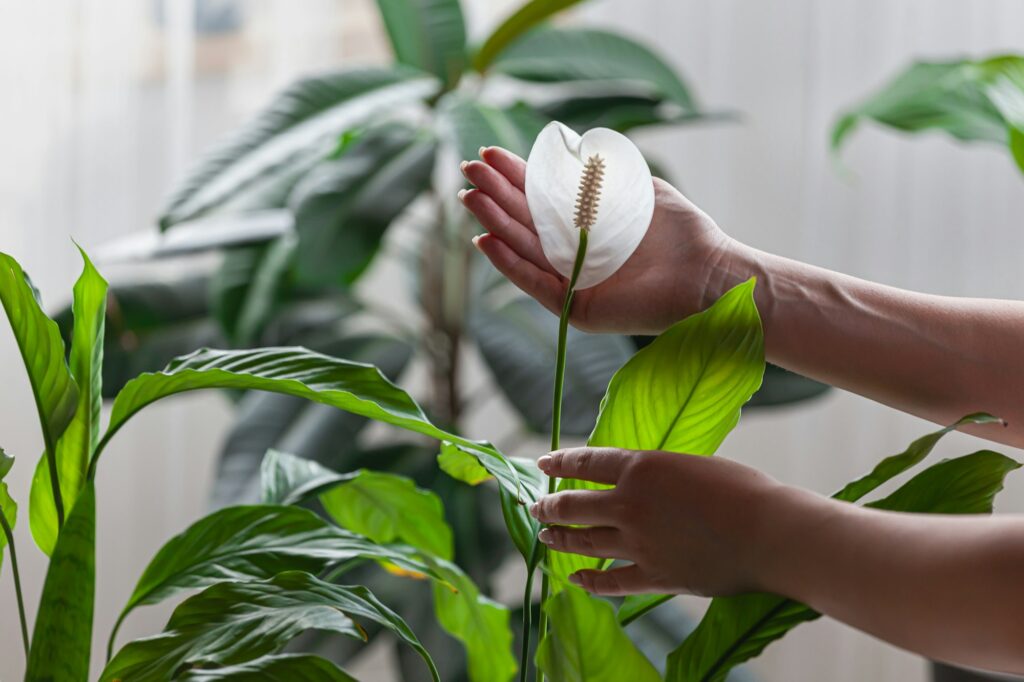
One of the standout features of the Spathiphyllum is its ability to purify the air. NASA’s Clean Air Study has identified this plant as one of the most effective indoor plants for improving air quality. Peace Lilies can filter out harmful toxins such as formaldehyde, benzene, and ammonia, creating a healthier living environment. As they absorb these pollutants, they also release oxygen, contributing to fresher, cleaner air. With a Spathiphyllum in your home, you’ll breathe easier while enjoying the beauty of nature indoors.
Humidity and Temperature Benefits
The Spathiphyllum thrives in a humid environment, making it a perfect addition for homes with higher humidity levels. It does best in temperatures between 65°F to 80°F (18°C to 27°C), so it’s an excellent choice for living rooms, bathrooms, or kitchens where humidity naturally occurs. Additionally, if your home is particularly dry, placing a Peace Lily in a tray of water with pebbles can help increase humidity around the plant, ensuring it remains healthy and vibrant.
Pet-Friendly Plant Option
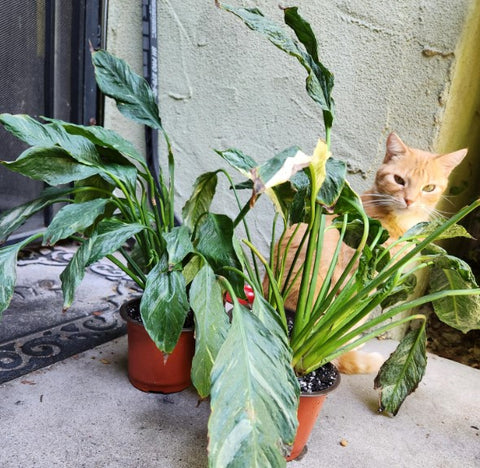
For pet owners, finding safe houseplants can be challenging. Fortunately, the Spathiphyllum is generally considered non-toxic to dogs and cats. However, it’s essential to note that ingesting large quantities can cause mild digestive upset in pets. This makes the Peace Lily a reassuring choice for homeowners with furry companions. You can enjoy the beauty of the Spathiphyllum without worrying about your pets’ health and safety.
Long-Lasting Blooms: A Beautiful Addition to Your Space
The Spathiphyllum is not just another green plant; it blooms wonderfully during its growing season. Its stunning white flowers, which can last for several weeks, add a fresh touch to your home. The blooms are a symbol of peace and tranquility, enhancing your living space’s ambiance. With proper care, these flowers can bloom multiple times a year, allowing you to enjoy their beauty throughout different seasons.
Versatile Placement in Any Room
One of the most impressive aspects of the Spathiphyllum is its versatility. Whether your home is spacious or compact, you can find a perfect spot for this plant. It can thrive in low-light corners, bright windows, or even as a centerpiece on your dining table. Its ability to adapt to various lighting conditions makes it a fantastic option for nearly every room in the house. Whether in your bedroom, living room, or home office, the Peace Lily can significantly enhance your spaces.
Affordable and Accessible
Available at most garden centers, nurseries, and even big-box retailers, the Spathiphyllum is an affordable houseplant option. Prices typically range from $10 to $50, depending on the plant size. Its accessibility makes it easy for anyone to add a touch of nature to their home without breaking the bank. Plus, with proper care and maintenance, your investment can thrive for years, providing ongoing beauty and air purification to your home.
Spathiphyllum Care: Essential Tips for Thriving Peace Lilies
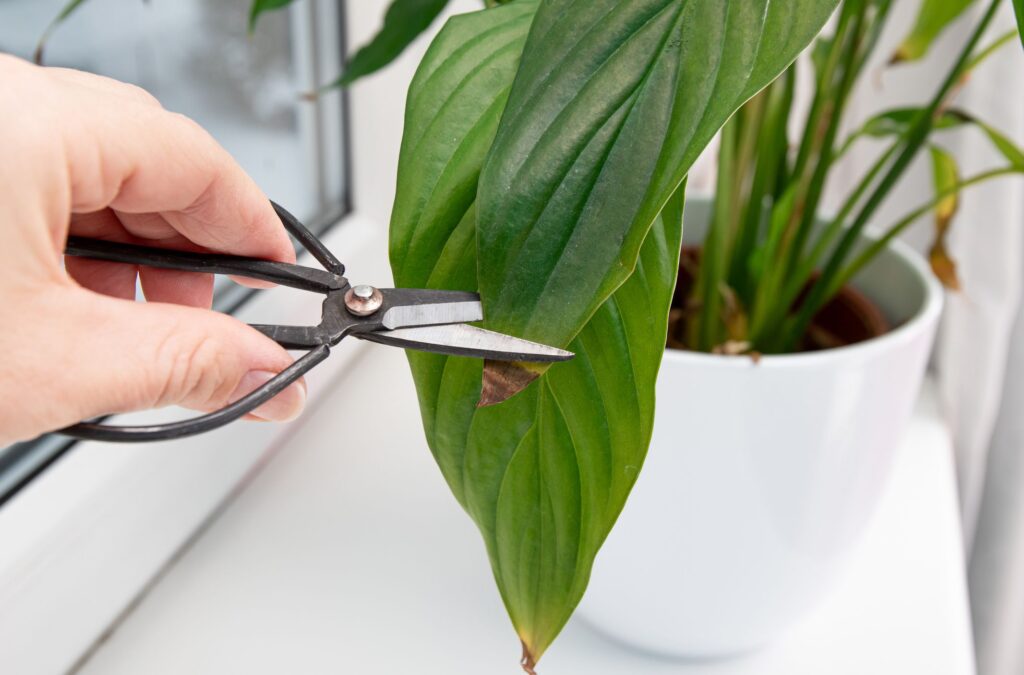
Successfully caring for a Spathiphyllum requires attention to its specific light, water, and soil needs. Here are essential tips to ensure your Peace Lily thrives:
- Lighting: While the Peace Lily can tolerate low light conditions, indirect sunlight is ideal for optimal growth. Placing it near a north or east-facing window works well. If you notice the leaves turning yellow, it might be receiving too much direct sunlight.
- Watering: The Peace Lily prefers to be somewhat on the dry side, so it’s essential to allow the top inch of soil to dry out before watering again. Overwatering can lead to root rot, which is often fatal. The best practice is to use room-temperature, distilled or filtered water to minimize chlorine and fluoride exposure.
- Humidity: As a tropical plant, the Spathiphyllum thrives in higher humidity levels. If your home is dry, consider misting the leaves regularly or using a humidifier to create an ideal environment. Placing the pot on a tray filled with pebbles and water can also help increase humidity.
- Soil: A well-draining potting mix is crucial. Consider a mix that includes peat moss, vermiculite, or perlite to enhance drainage. Repotting every 2 years helps refresh the soil and allows room for growth.
- Fertilization: Use a balanced, water-soluble fertilizer every 6-8 weeks during the growing season (spring and summer) to encourage healthy growth. Avoid fertilizing in the fall and winter when the plant is dormant.
By following these careful guidelines, your Spathiphyllum can flourish and become a beautiful centerpiece in your home.
Common Problems with Spathiphyllum: Troubleshooting Tips
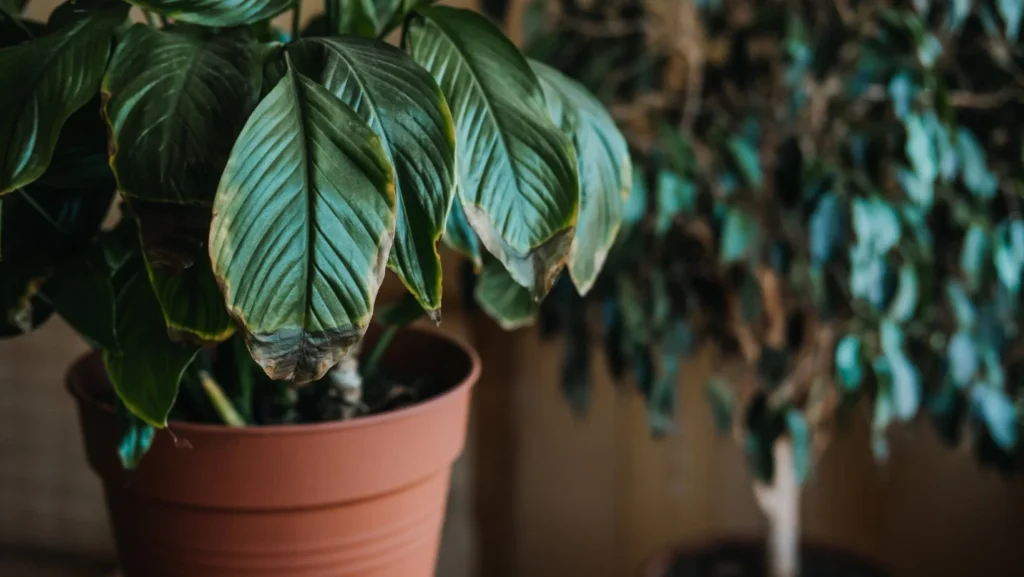
Like all plants, Spathiphyllum can face challenges that may prevent it from reaching its full potential. Here are some common issues and troubleshooting tips:
- Yellow Leaves: This usually indicates either overwatering or too much direct sunlight. Evaluate your watering routine and consider moving the plant to a spot with indirect light to resolve this issue.
- Wilting: If your Peace Lily is wilting, it may need water. Check the soil; if it’s dry an inch down, it’s time to water. However, be mindful of overwatering, as this can lead to another set of problems.
- Brown Edges on Leaves: Brown tips could indicate low humidity or underwatering. Increase the humidity levels around your plant or adjust your watering schedule.
- Lack of Blooms: If your Spathiphyllum is not blooming, it may be due to low light levels or insufficient fertilization. Ensure it gets adequate indirect sunlight and consider using a balanced fertilizer to boost blooming.
- Root Rot: If you notice mushy roots or a foul smell, your plant may have root rot from overwatering. Carefully remove the plant from the pot, trim any affected roots, and repot it in fresh soil. Avoid watering for a week to allow it to recover.
By identifying these common problems early and implementing solutions, you can maintain the health and beauty of your Peace Lily.
The Meaning Behind Spathiphyllum: Symbolism and Significance
The Spathiphyllum, often referred to as the Peace Lily, carries significant symbolic meanings across various cultures. Here’s a look at some of the deeper meanings associated with it:
- Peace and Tranquility: The name itself reflects a sense of serenity. The Peace Lily is often gifted to represent peace and harmony, making it a popular choice for condolences, funerals, and get-well gifts.
- Purity and Innocence: The white flowers symbolize purity and innocence, often resonating with themes of new beginnings and fresh starts. It’s an appropriate choice to symbolize love in a new relationship or to celebrate life transitions, such as the birth of a child.
- Fertility: In some cultures, the Spathiphyllum is associated with fertility and is often used in ceremonies to bless homes and families.
- Air Quality and Health: The Peace Lily’s ability to purify air aligns it with health and wellness. In modern contexts, it is often given as a housewarming gift to signify good health in a new home.
By incorporating a Peace Lily into your home or gifting it to someone, you’re not only sharing a beautiful plant but also a piece of its rich symbolism and significance.
Conclusion: Make Spathiphyllum Your Next Houseplant
In summary, the Spathiphyllum is undeniably a fantastic addition to any indoor space. With its stunning aesthetic appeal, minimal care requirements, air-purifying abilities, and versatility, it’s no wonder this plant has garnered a loyal following among indoor plant enthusiasts. Furthermore, its pet-friendly nature and affordability make it an excellent choice for families and individuals alike.
If you’re looking to introduce a splash of greenery into your home while enjoying the numerous benefits a houseplant offers, consider the Spathiphyllum as your next purchase. Its resilience and beauty will surely brighten your home and improve your indoor environment.
Additional Care Tips for Your Spathiphyllum
While the Spathiphyllum is known for being low maintenance, it can still benefit from some extra care:
- Watering: Ensure that you use room-temperature water when watering your Peace Lily. Overwatering can lead to root rot, so always check the moisture level in the soil.
- Fertilization: During the growing season (spring and summer), consider using a balanced, water-soluble fertilizer every six to eight weeks to boost growth.
- Pruning: Remove any yellowing or damaged leaves to promote a healthier plant and enhance its aesthetic appeal.
- Repotting: Every couple of years, consider repotting your Peace Lily to provide fresh soil and give it more room to grow.
By following these care instructions, your Spathiphyllum can thrive and continue to bring joy to your home for years to come.









